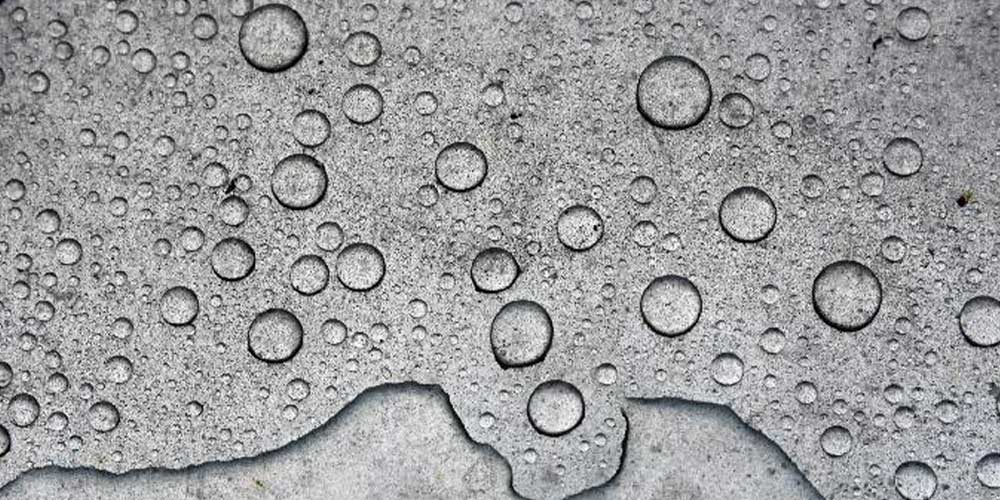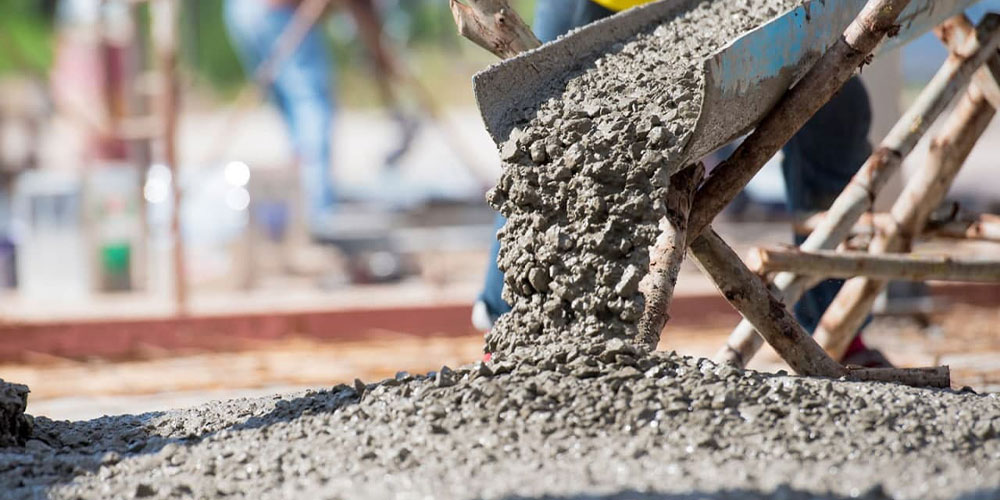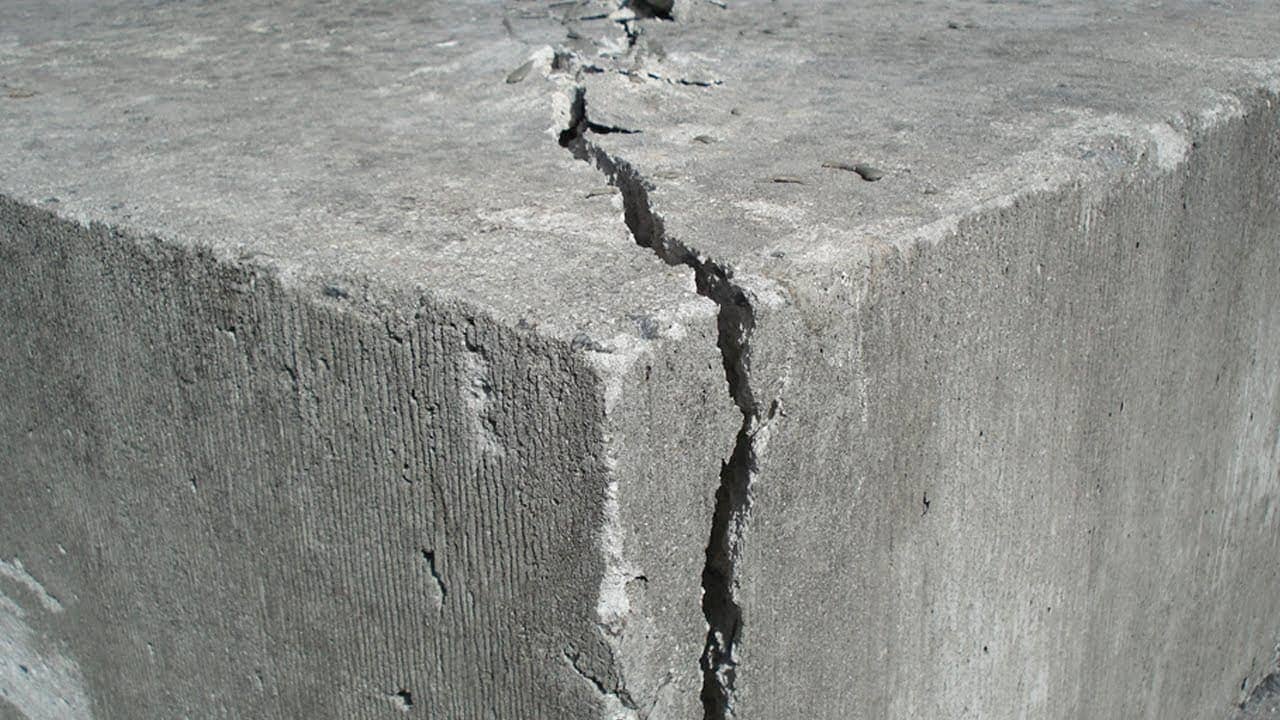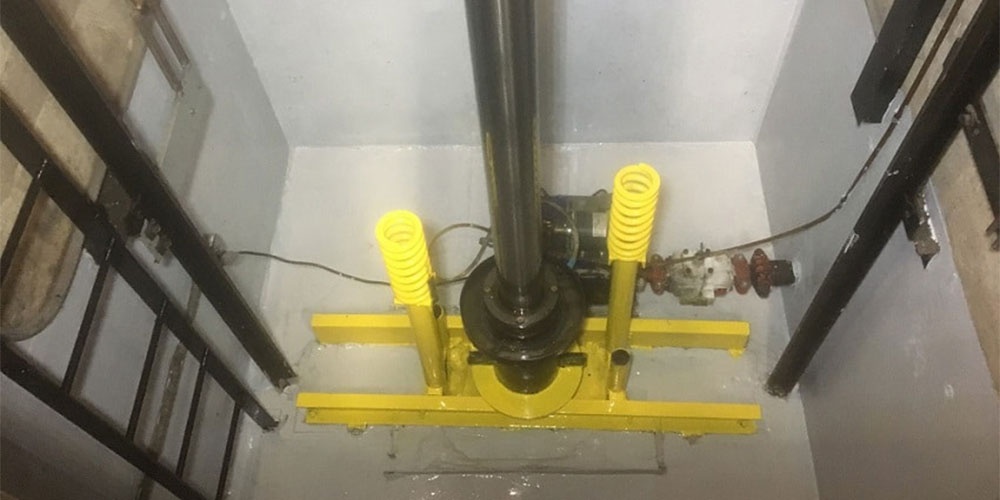The experiences, studies, and research conducted in the field of constructing and executing concrete structures, concrete waterproofing, and the impact of waterproofing on the useful life of structures (such as concrete drinking water reservoirs, water and wastewater treatment plants, fish and aquatic breeding pools, industrial basins, home pools, and all water-holding facilities) have shown that the impermeability of these locations is of utmost importance for the longevity of such structures and the environmental health of the water within them.
In the construction and waterproofing of concrete structures, particularly those that are constantly or intermittently exposed to negative water pressure and chemicals, the function is to completely block and prevent the entry of unwanted water into the concrete and its spread to the rebar.
In this context, it is necessary to create concrete that is technically watertight or to definitively waterproof the concrete surface after pouring.
Since the ultimate goal of constructing such structures is to preserve and maintain potable water or wastewater for extended periods to facilitate specialized processes and optimize water usage, their longevity is an inherent characteristic.
In the past, waterproof concrete was a crucial feature of tanks and pools. If a structure lacked waterproof concrete and was put into service, it would leak.
Using NSG‘s nanotechnology products, we can normally cast and seal all water storage tanks and structures. These products prevent the permeability of structures, enhance strength, and create a stronger bond between concrete particles and metal materials. Additionally, they maintain the properties of concrete while reducing its permeability to zero, resulting in a completely watertight and resistant concrete.









